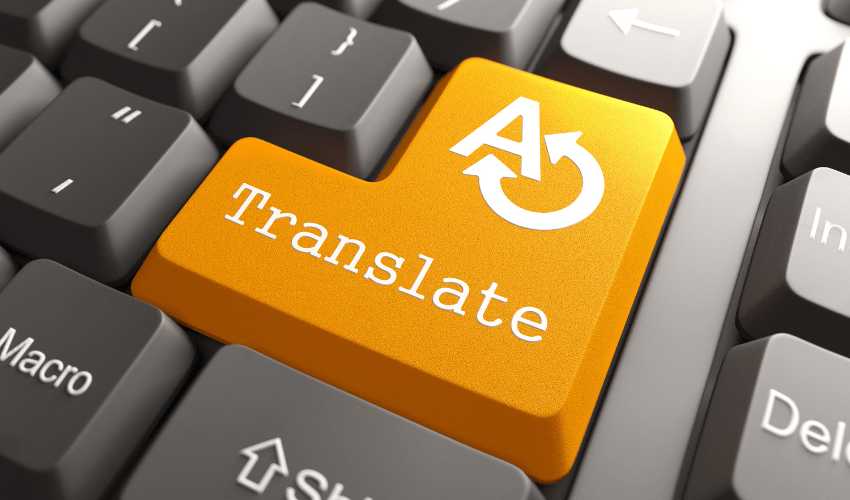Machine translation post-editing (MTPE) is a process that involves reviewing and refining machine-translated content to ensure that it is accurate, fluent, and idiomatic. This process can be time-consuming and labor-intensive, but it is essential for ensuring the quality and effectiveness of machine-translated content.
Challenges of MTPE:
One of the main challenges of machine translation post-editing is that the translated content may sometimes be flawed. While machine translation has come a long way in recent years, it still has limitations and can produce awkward, unnatural, or incorrect translations. As a result, post-editors must carefully review the translated content and make any necessary corrections to ensure that it is accurate and fluent.
Another challenge of machine translation post-editing is that it requires a high level of language proficiency and knowledge of the subject matter. Post-editors must have a deep understanding of the source and target languages, as well as the context in which the content will be used. This is particularly important for specialized or technical content, where a lack of proficiency or knowledge can lead to inaccuracies or misunderstandings.
Benefits of MTPE Services:
Despite these challenges, there are several benefits to using machine translation post-editing services. For one, it can save time and resources, especially for large or complex projects. By using machine translation to pre-translate the content, post-editors can focus on refining and improving the translation rather than starting from scratch. This can also reduce the workload for human translators, allowing them to focus on more challenging or specialized tasks.
Additionally, machine translation post-editing can improve the accuracy and fluency of the translated content. By reviewing and refining the translation, post-editors can ensure that the content is clear, natural, and idiomatic. This can help to improve the overall quality and effectiveness of the translation, making it more likely to be understood and appreciated by the intended audience.
Overall, machine translation post-editing is a valuable tool for improving the quality and accuracy of machine-translated content. While it can be challenging, post-editing can save time and resources, improve the accuracy and fluency of the translation, and ultimately help to ensure that the content is effective and understandable.
Usage Areas of Machine Translation Post-Editing
- Localization: Machine translation post-editing is often used in the localization industry to review and refine machine-translated content for a specific language and cultural context. This can help to ensure that the translated content is accurate, fluent, and appropriate for the intended audience.
- Technical documentation: MTPE is frequently used for technical documentation, such as user manuals, product specifications, and other technical materials.
- Marketing and advertising: Machine translation post-editing is also commonly used for marketing and advertising content, such as product descriptions, web pages, and other promotional materials.
- Legal documents: MTPE may be preferred for legal documents, such as contracts, agreements, and other legal materials.
These are just a few examples of the many usage areas for machine translation post-editing. Other areas where post-editing is commonly used include government and public sector documents, academic and scientific papers, and personal correspondence.
Try again

